- Messages
- 311
- Reactions
- 802
ilikegundpdx.....can you tell us a little about the camera? Those are great shots!
Follow along with the video below to see how to install our site as a web app on your home screen.
Note: This feature may not be available in some browsers.
A). Sitting or slow moving subjects (whether that is birds, mammals, whatever). I have a $200 (when new) 3 year old camera that fits in my shirt pocket that does pretty darn well even with bald eagles etc at long range (I can post wildlife pics from that $200 camera if there is interest). It's a point and shoot type pocket camera with built in lens. Heck I have even taken recognizable pics of Jupiter and Saturn with it! So for shooting and enjoying sitting wildlife u don't have to spend much money. It does take a little time to learn the camera though.
Yes!Old crusty Nikon d750 with also fairly old now sigma 150-600 sports. Imo the whole deal with wildlife photography is you need lots of "reach" (focal length) no matter what. Then u basically have 2 categories that determine what kind of gear you can use:
A). Sitting or slow moving subjects (whether that is birds, mammals, whatever). I have a $200 (when new) 3 year old camera that fits in my shirt pocket that does pretty darn well even with bald eagles etc at long range (I can post wildlife pics from that $200 camera if there is interest). It's a point and shoot type pocket camera with built in lens. Heck I have even taken recognizable pics of Jupiter and Saturn with it! So for shooting and enjoying sitting wildlife u don't have to spend much money. It does take a little time to learn the camera though.
B) birds in flight or any fast moving animal like a mammal on the run. For this the standard is a lot higher cuz u need really good autofocus and also a lens/camera that will allow a fast shutter speed and good quality images.
Fortunately a person can use a mid to high end camera from 2-3 generations ago and still get great results. Camera body values drop like a rock as they get even slightly older (which is good for the used camera buyer).
Lenses hold their value much more but again getting an older high end lens can save lots of $. I almost never use a tripod or any sort of stabilization, only handheld. So for those folks that say u need a crazy expensive tripod and camera mount, u don't. U are likely to get better results more often with a top quality tripod so it's a benefit for sure but it's not critical with modern stabilized lenses IMO. I will say though that u do need a pretty good lens for this. It can be an old lens but not a low quality lens (of any age). Lens choice is pretty critical for BIF.
For birds in flight it's all about technique IMO -assuming your gear has good enough AF and lens is pretty good. If you've hunted birds u already have a lot of the technique down (except no leading the duck is required ha ha). The autofocus button is just like the trigger on the gun and you only press it (or pull the trigger) when u are on the bird. I say autofocus button because shutter button is held down continuously for most BIF shots.
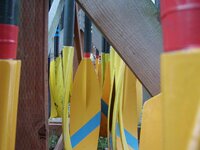
Here are some picks with the Canon SX730 pocket camera. It is available from Canon's website for $200 as a refurb. (I've bought numerous refurbs and they have all been identical to new).As a matter of fact, I'd love to see some pictures from the $200 camera and know what kind it is. I see a lot more animals when I'm not hunting and need something to do in the woods in the off season. Most of my money is currently tied up in other investments, ages 9,13 and 17, so a budget camera is what I am looking for.
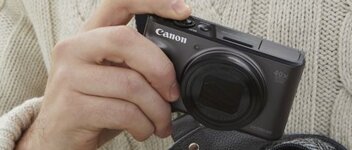
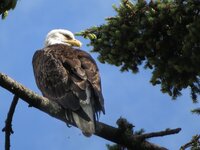
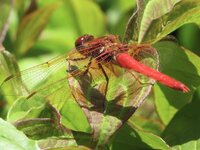
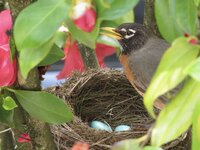

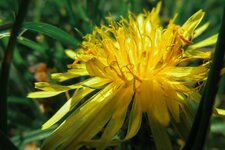
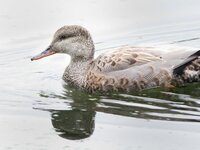


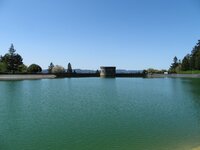

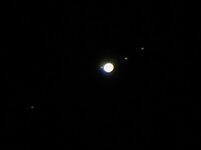
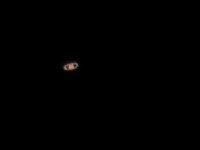
 ).
).Probably the best early morning view, especially when spike hunting.Frosty dawn...View attachment 636274
Ur right Dean about m mode there are also cameras out there that don't have an M mode at all. I've also had older point and shoot cameras that have an "m" mode that is just a different form of auto mode. Those r mostly gone from the market now I think though.Everything Ilikegunspdx wrote in that post is absolute gospel and anyone would be very smart to heed the lessons he teaches in that post.
I just wanted to extrapolate a couple of the points he raised, based on my own (in) experiences....
"1) Shoot it just like a rifle, squeeze the trigger gently, don't move the camera at all, rest it on something if you can (bench, person's shoulder, etc). Use a mini tripod or regular tripod if shooting in very low light like at night. "
With some of the less expensive cameras, the shutter button is only a slight nub above the body of the camera.
This can lead to one inadvertently moving the camera when taking a picture because to push on the shutter button also means to push on that part of the camera's body.
So when he says squeeze the trigger gently, he REALLY isn't kidding!
I remember, with that Olympus I mentioned earlier, I would sometimes push the shutter button with the tip of my fingernail, just to make sure I wouldn't move the camera.
A Pentax K or Canon AE-1, it wasn't!
"6) Don't shoot in any kind of auto mode, M mode only. There is a very simple way to do this for the SX730 and similar cameras. Ask if u want more info. as it takes a bit to write it in a non-confusing way. It is the only way I would shoot any of these point and shoot type cameras. It's very easy and you get foolproof results. "
I would urge anyone interested in this type of camera to research the livin' crap out of it before purchasing.
In some cases, model supersedences can mean a change to the construction of the current (i.e., about to be replaced) model.
This happened to me with that Olympus.
I was unaware a replacement (UZ20) was about to be released when I got mine (which explains why the great sale price!), so construction of my camera went from Japan, to Korea.
The Koreans used a different (i.e., cheaper) processor chip and it didn't always work as well as it was supposed to ().
In my case, while manual ("M") mode was on the list of options, it refused to work in that mode, thus I was stuck on the "auto" feature permanently.
SO...if you find you can't access the manual mode on any mid priced camera, please don't fault our resident expert.
It could be there's been a switch in the construction of that camera, preventing you from enjoying that feature.
Dean


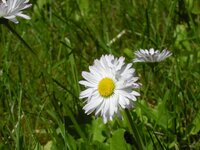
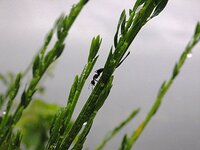
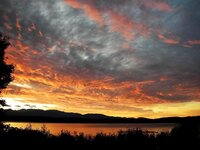


Yep, the barbed wire looked like 1" rope.Freezing fog? Remember that from our sojourn in Gilliam County.
HA! I haven't heard anyone mention an Elph in a long time!Beautiful sunsets! Yea if u know how to trick auto mode into getting what u want it can work (especially if u can use separate buttons to lock metering and focus). I used to do that all the time with the early canon Elph digital cameras.
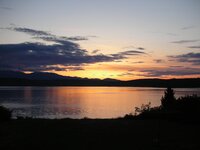
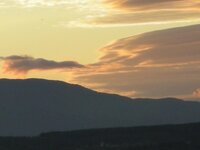
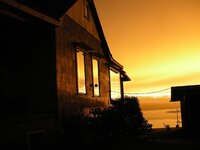
Yep, the barbed wire looked like 1" rope.
